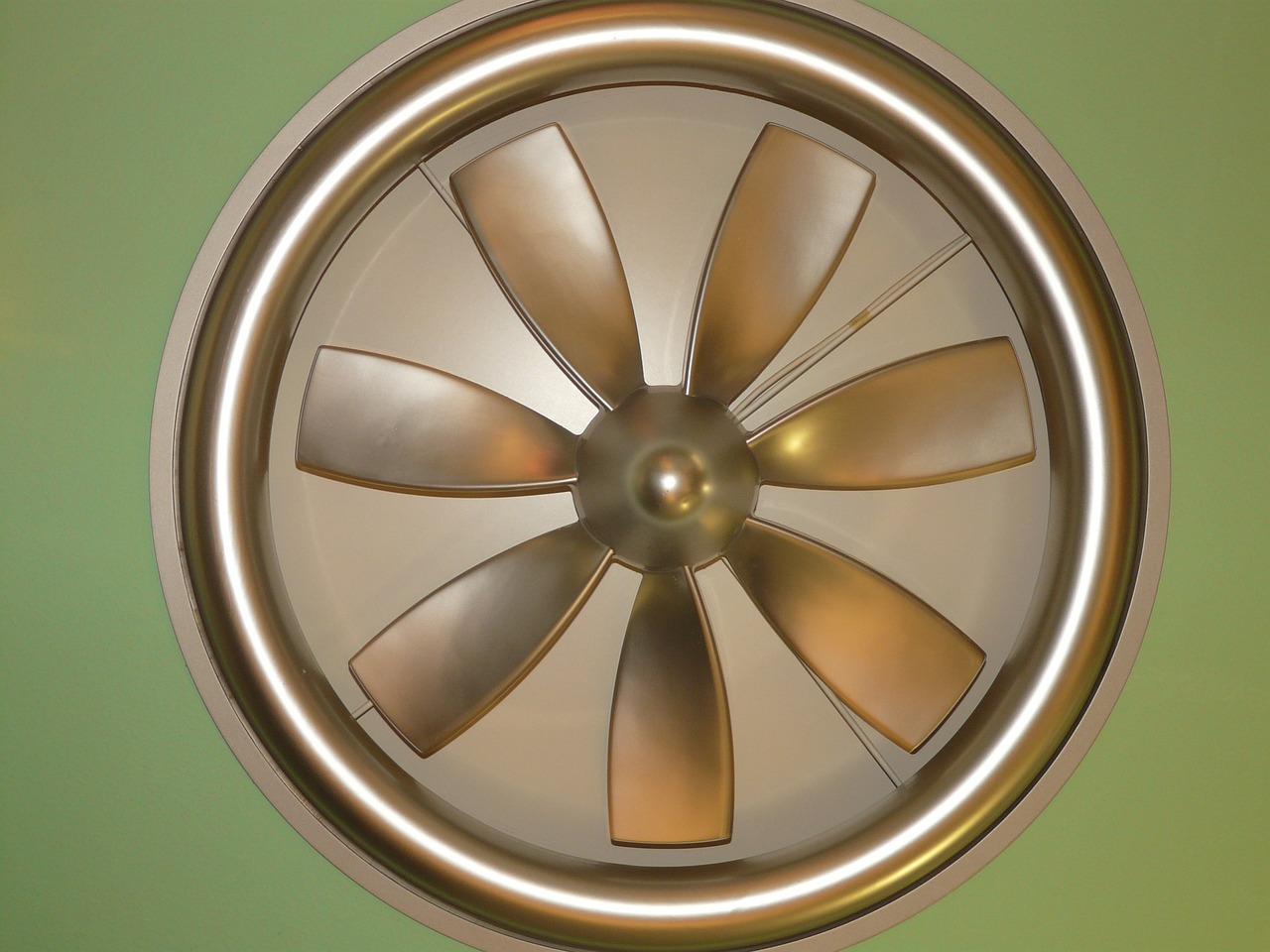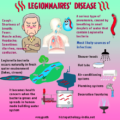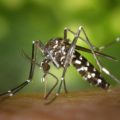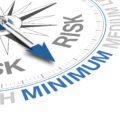Heating, Ventilation, and Air Conditioning (HVAC) systems play a vital role in maintaining indoor air quality, thermal comfort, and overall well-being. Within these systems, one crucial component is the Local Exhaust Ventilation (LEV) fan, which aids in removing pollutants and ensuring adequate ventilation. However, the cleanliness and maintenance of these fans are often overlooked, leading to potential risks to public health.
This article delves into the importance of risk assessment for cleaning LEV fans with a public health bias, examining the potential hazards, preventive measures, and regulatory standards.
The Significance of LEV Fans in Public Health
LEV fans are an essential component of HVAC systems, and they serve the primary purpose of removing airborne contaminants from indoor environments. These contaminants can include dust, allergens, mold spores, bacteria, and even volatile organic compounds. Without effective LEV systems, the indoor air quality deteriorates, leading to various health issues such as respiratory problems, allergies, and infections.
The operation of LEV fans is critical, but their maintenance is equally important. Over time, these fans accumulate dust, debris, and microbial growth, rendering them less efficient and potentially hazardous to public health. Neglecting the cleaning of LEV fans can have several adverse consequences.
Hazards Associated with Unclean LEV Fans
- Reduced Air Quality: Unclean LEV fans are ineffective in removing contaminants from indoor air, leading to a decline in air quality. This can cause or exacerbate respiratory problems and allergic reactions among building occupants.
- Microbial Growth: Accumulated dust and moisture in LEV fans create an ideal environment for microbial growth, including mold and bacteria. These microorganisms release spores and toxins into the air, which can pose serious health risks.
- Fire Hazards: Dust and debris buildup on fan blades and motor components can increase the risk of fire. The presence of combustible materials can lead to ignition, endangering both property and human lives.
- Decreased Efficiency: An unclean LEV fan works less efficiently, consuming more energy and, in some cases, leading to equipment failure. The increased energy consumption contributes to environmental concerns while straining the building’s budget.
- Spreading Contaminants: Unclean LEV fans can actually spread contaminants instead of removing them. As the fan operates, it can disperse dust and particles into the surrounding environment, potentially causing health issues for those nearby.
- Legal and Regulatory Compliance: Neglecting LEV fan maintenance can lead to non-compliance with health and safety regulations, potentially resulting in fines and legal repercussions for building owners and operators.
Risk Assessment for LEV Fan Cleaning
Effective risk assessment for LEV fan cleaning is essential for maintaining public health. The following steps outline a comprehensive risk assessment process:
- Identify and Evaluate Hazards: Begin by identifying and assessing potential hazards associated with unclean LEV fans, such as reduced air quality, microbial growth, and fire hazards. The assessment should consider the specific characteristics of the HVAC system and its location.
- Determine Vulnerable Populations: Consider the demographics of the building occupants, as certain groups, such as children, the elderly, or individuals with pre-existing health conditions, may be more vulnerable to the effects of poor indoor air quality.
- Assess the Probability and Severity: Evaluate the likelihood of each identified hazard occurring and the severity of its potential consequences. This assessment will help prioritize risk management efforts.
- Develop a Risk Mitigation Plan: Based on the assessment, create a risk mitigation plan that outlines preventive measures and strategies to reduce the identified hazards. This plan should include a cleaning and maintenance schedule for LEV fans.
- Implement Preventive Measures: Put the risk mitigation plan into action, including regular cleaning and maintenance of LEV fans. Ensure that cleaning procedures are thorough and follow industry best practices.
- Monitor and Review: Continuously monitor the effectiveness of the risk mitigation plan. Regular inspections and air quality testing can help assess improvements in indoor air quality and ensure that the HVAC system is operating optimally.
- Training and Education: Properly train HVAC technicians and building staff responsible for LEV fan maintenance. Educate building occupants about the importance of HVAC system maintenance and the role it plays in their health.
- Compliance with Regulations: Stay informed about relevant health and safety regulations related to HVAC systems and ensure compliance. This includes adhering to standards for air quality, ventilation rates, and maintenance practices.
Preventive Measures for Public Health-Centered LEV Fan Cleaning
To ensure that LEV fan cleaning aligns with a public health bias, it’s essential to adopt preventive measures that reduce health risks:
- Regular Cleaning: Schedule regular cleaning of LEV fans to prevent the accumulation of dust, allergens, and microbial growth. Cleaning should be performed by trained professionals who use appropriate equipment and cleaning agents.
- Inspection and Maintenance: Implement routine inspections and maintenance of LEV fans. Identify and address any mechanical issues promptly to prevent inefficient operation and fire hazards.
- Air Quality Testing: Periodically test indoor air quality to assess the effectiveness of the LEV system. This testing can detect pollutants, allergens, and microbial contamination, helping to address potential health risks.
- Use of HEPA Filters: Consider the installation of High Efficiency Particulate Air (HEPA) filters in LEV systems. These filters can effectively capture tiny particles, including allergens and microorganisms.
- Source Control: Minimize indoor pollution sources, such as smoking, use of chemical cleaning products, and improper storage of hazardous materials. Reducing indoor pollutants decreases the burden on the LEV system.
- Education and Awareness: Raise awareness among building occupants about the importance of clean LEV fans and good indoor air quality. Encourage them to report any issues related to air quality promptly.
Regulatory Standards for LEV Fan Cleaning
To ensure a public health bias in LEV fan cleaning, it is crucial to adhere to regulatory standards and guidelines. Some key standards and organizations include:
- ASHRAE (American Society of Heating, Refrigerating, and Air-Conditioning Engineers): ASHRAE sets standards and guidelines for HVAC systems, including ventilation rates, air quality, and maintenance practices. Complying with ASHRAE standards helps ensure public health and safety.
- OSHA (Occupational Safety and Health Administration): OSHA provides regulations and guidelines for workplace safety, including those related to HVAC systems. Compliance with OSHA standards is essential to protect workers and building occupants.
- EPA (Environmental Protection Agency): The EPA offers resources and guidelines for maintaining indoor air quality. Following their recommendations can help prevent environmental and health hazards.
- NADCA (National Air Duct Cleaners Association): NADCA sets industry standards for air duct cleaning and HVAC system maintenance. Adhering to NADCA guidelines can help ensure proper LEV fan cleaning.
Conclusion
Proper risk assessment and cleaning of LEV fans are essential for maintaining public health within indoor environments. Neglecting these systems can lead to poor indoor air quality, microbial contamination, fire hazards, and reduced efficiency, all of which can have adverse effects on the well-being of building occupants. It is crucial for building owners, operators, and HVAC professionals to prioritize public health when assessing and maintaining LEV fans, adhering to regulatory standards, and implementing preventive measures. By doing so, we can create healthier indoor environments that benefit everyone who inhabits these spaces.





